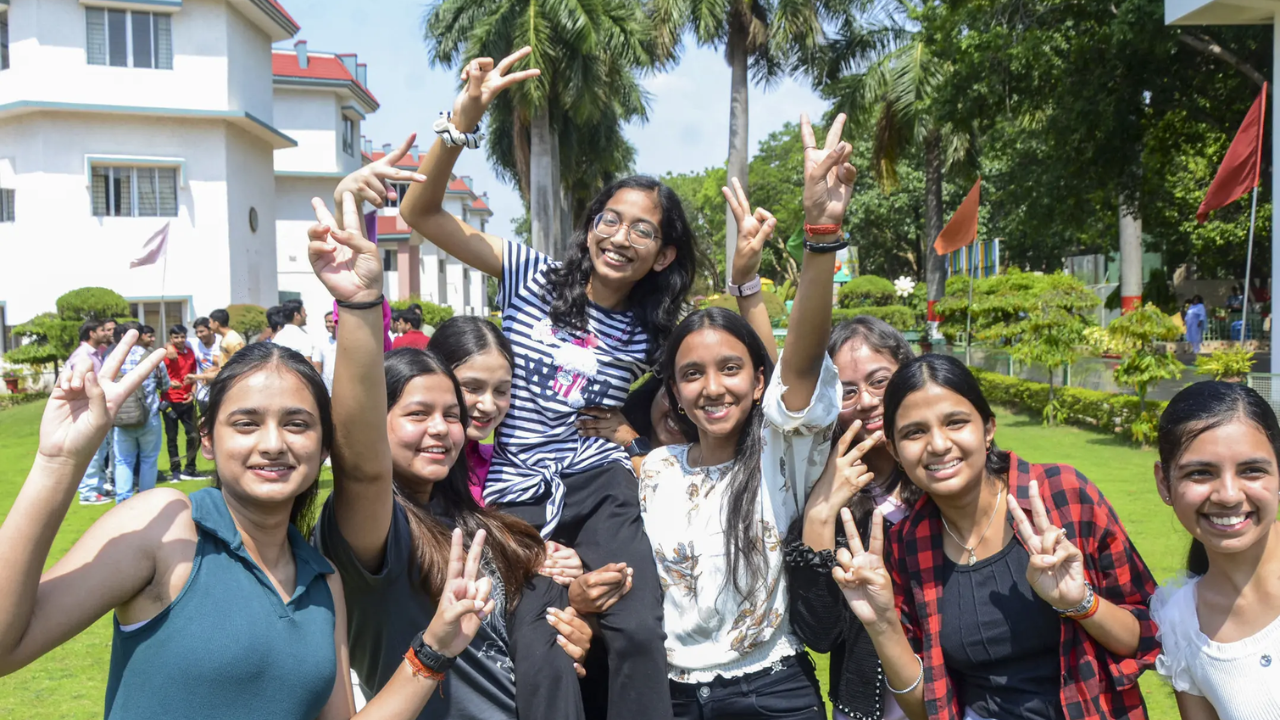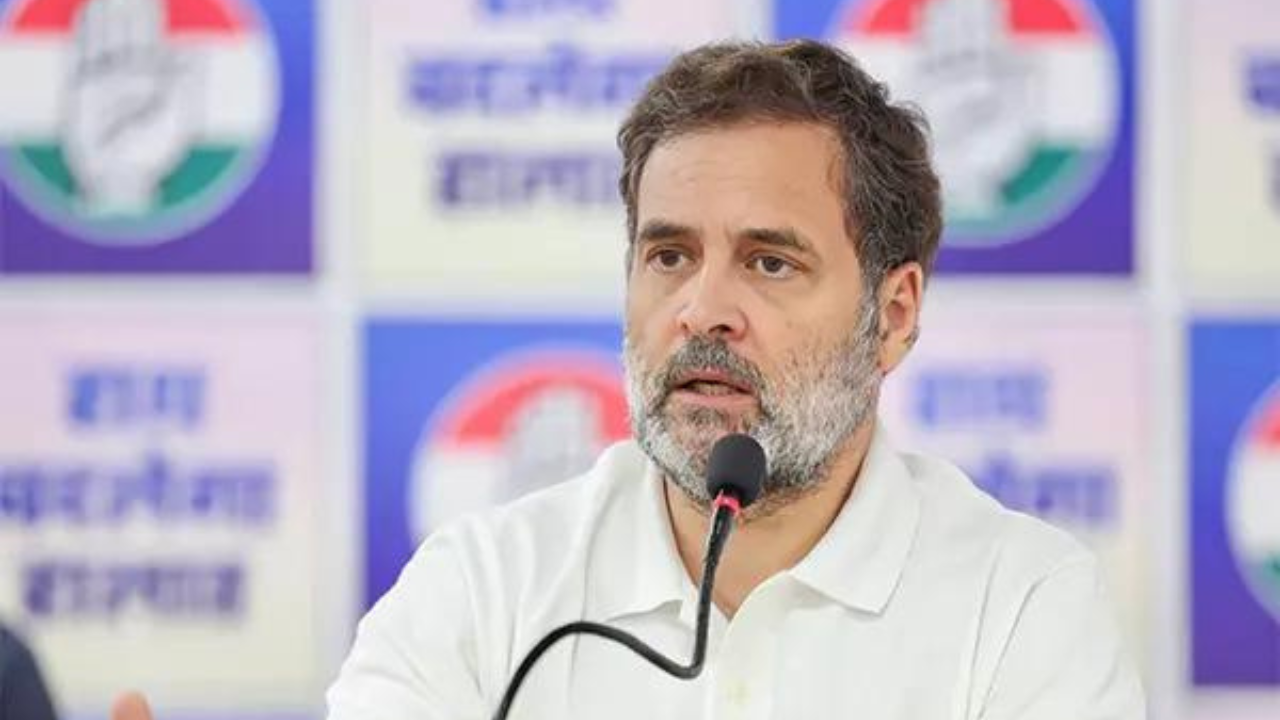Five years after its launch, India’s National Education Policy (NEP) 2020 is yielding mixed results. Early data reveals significant progress in foundational literacy and numeracy, particularly impacting primary school students in rural areas. These improvements in reading and arithmetic skills are a positive sign.
Growth in higher education is also evident, with a noticeable rise in enrollment across diverse demographics. More women and students from marginalized communities are accessing higher learning opportunities, a key aim of the policy. This increased inclusivity represents a considerable step forward.
However, the path to fully realizing NEP 2020’s ambitious goals is far from smooth. Significant implementation hurdles and political headwinds continue to impede the widespread adoption of several key reforms. These challenges threaten to undermine the policy’s long-term effectiveness and impact.
While the initial positive trends are encouraging, the lingering implementation challenges warrant close monitoring and proactive efforts to overcome these obstacles. The full potential of NEP 2020 remains to be seen, and its ultimate success hinges on addressing these critical issues.




